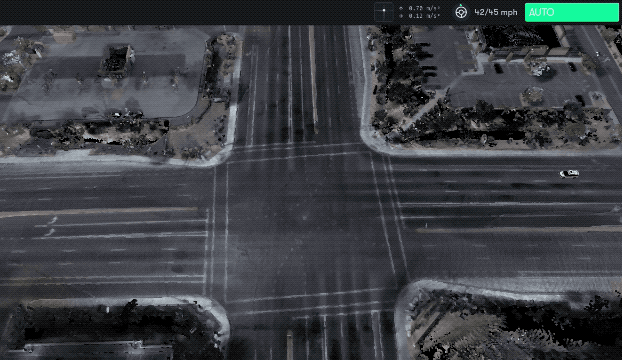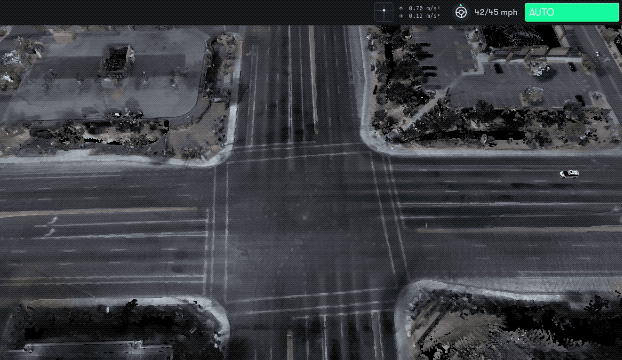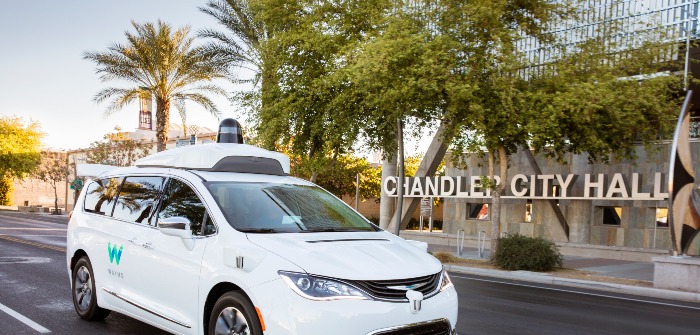A study has been released by Waymo investigating how its Waymo Driver system might perform in crash situations that have historically proved fatal.
Trent Victor, director of safety research and best practices at Waymo, highlighted, “While we often hear that autonomous driving technology could make a dramatic difference [to vehicle safety], before today there has not been a published scenario-based study that we’re aware of that looks into how autonomous technology performs in scenarios that led to fatal crashes by human drivers.”
According to the company, National Highway Traffic Safety Administration (NHTSA) statistics show that Maricopa County, Arizona, which encompasses Waymo’s operational area, consistently makes the list of highest annual pedestrian fatality rate each year.
For its analysis, Waymo collected information on every fatal crash that took place in Chandler, Arizona, between 2008 and 2017. It excluded crashes that didn’t match situations that the Waymo Driver would face in the real world today, such as those occurring outside of its current operating domain. This data was used to reconstruct each crash using best-practice methods and Waymo Driver’s potential performance in each scenario was simulated.
 The study showed that the simulated Waymo Driver completely avoided or mitigated 100% of crashes with the exception of those in which a vehicle was struck from behind, including every instance that involved a pedestrian or cyclist (20 simulations in total). This, says Waymo, is the first time an autonomous technology company has shared its evaluation for how the system might perform in real-world fatal crash scenarios.
The study showed that the simulated Waymo Driver completely avoided or mitigated 100% of crashes with the exception of those in which a vehicle was struck from behind, including every instance that involved a pedestrian or cyclist (20 simulations in total). This, says Waymo, is the first time an autonomous technology company has shared its evaluation for how the system might perform in real-world fatal crash scenarios.
“We started by simulating 72 fatal crashes as they occurred on public roads in our operating domain, which covers thousands of miles of road in southeast Phoenix,” Victor explained. “Since many of these crashes involved two vehicles, we ran separate experiments simulating the Waymo Driver in the role of each vehicle—first replacing the vehicle that initiated the crash (the initiator) with the Waymo Driver, and then replacing the vehicle that responded to the other vehicle’s actions (the responder) with the Waymo Driver. That left us with 91 simulations in total.
“When we swapped in the Waymo Driver as the simulated initiator (52 simulations), it avoided every crash by consistent, competent driving, and obeying the rules of the road — yielding appropriately to traffic, executing proper gap selection, and observing traffic signals.”
However, Victor pointed out that human and autonomous drivers will need to coexist for the foreseeable future, and as such, systems have to be able to respond to mistakes made by humans. Notably, when in the responder role (reacting to the actions of another vehicle) Waymo completely avoided 82% of crashes, in most cases without having to take aggressive avoiding action. In a further 10% of accidents, actions taken by the system were able to mitigate the severity of an accident. The 8% of unavoidable accidents involved a strike from the rear, where the Waymo system could not respond.
Victor concluded, “While these are early results, and we are cognizant that they only represent one of many indicators that should be used for assessing our performance under real-world circumstances, we believe they demonstrate the potential of AV technology to improve safety.”
 The full results of the study can be found here.
The full results of the study can be found here.


